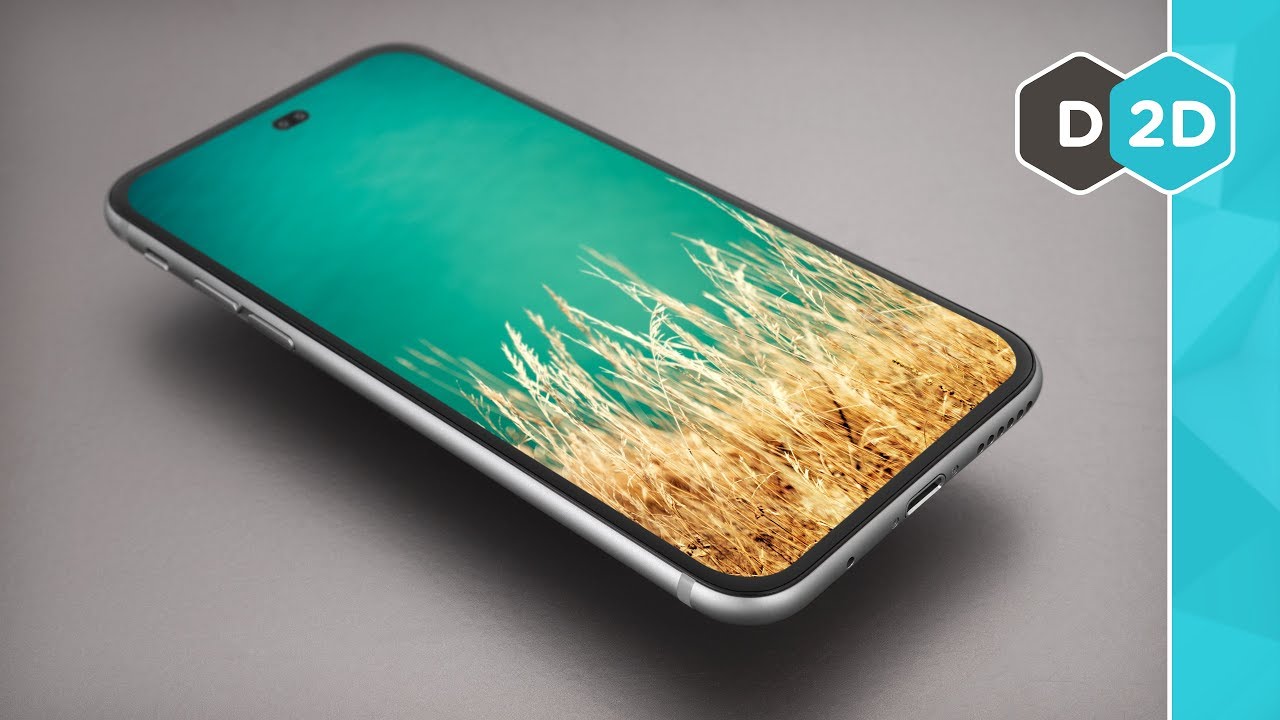Apple is no longer promising a 2024 launch date for its revamped CarPlay. This is good news, considering we’re now in 2025. However, it also presents a problem for many iPhone users, who were promised updated in-car software nearly three years ago.
Apple removed the due date for the new CarPlay from its official landing page. The website still lauds all the features to come and the car companies that have signed on to the software, but otherwise, there is no indication of when to expect it. The company is working closely with several automakers, enabling them to showcase their unique brand and visual design philosophies in the next generation of CarPlay. Each brand it’s working with will share more details as they near the announcements of their models that will support the next generation of CarPlay.
The United States is a country reliant on car culture, so the operating system running in your vehicle is just as essential as the smartphone in your hand. It’s been frustrating for iOS users waiting for Apple’s answer to Android Automotive. Brands like Volvo, Renault, Ford, GM, and BMW have all signed on to this deeply integrated version of Google’s mobile OS in the car. It can control everything from the venting system to the car locks while keeping Google’s services front and center on the dash.
Apple’s revamped CarPlay, which it showed off in 2022, promised the same kind of interwoven experience but for iPhone users, things like an informational dashboard that spans across displays in the car and radio and temperature controls. Luxury car makers like Porsche and Aston Martin signed on but have yet to debut anything from the partnership.
No one knows if Apple or the carmakers are to blame for the delay. Apple could be behind schedule because it tends to hold off on launching products until they’re viable for marketing. As they’ve been waiting, carmakers have adopted either bespoke software or Google’s to offer a similar experience for drivers.
The current trend of having multiple screens in cars is overwhelming, with not enough buttons to simplify the experience. Android Automotive works the same way in Polestar and Hyundai cars, presenting a multitude of screens with information that could distract drivers. In this era, it seems that the focus is on providing all the information possible, all the time, rather than prioritizing safe driving practices.
















